This morning I had the opportunity to pick through an old garage that was about to be demolished. I don't know the full history of the property, but it was clear that the immediately former owner had used the building to "collect" all sorts of things. Material was piled head high in some places, a massive jumble of plastic, metal, wood, glass bottles, paper, styrofoam, etc. It had clearly been a habitat for rats for a long time.
The archaeologist in me found it really difficult to keep up the pace. As I started to remove and toss aside things I wasn't interested in, it became clear this wasn't just a random jumble of junk. There was information in both the kinds of things that were present (e.g., many old ax handles, lots of wire flower racks from funeral displays) and in their order. It was stratified both horizontally and vertically, which is easy to understand if you think about the process of gradually accumulating material in the room. There were postmarked envelopes here and there. If I had had a month to excavate carefully, I would have been able to tell a really interesting story.
Embedded within the stratified deposits, I found three toolboxes. The metal one was in the debris above the floor. The long wooden one was sitting on the original floor (with nothing underneath it). And the short wooden one was tucked back in the far corner, leaning against the wall as if it is had fallen behind something.
Archaeology comes first, though. Each of the toolboxes is full of tools - a time capsule from when it was deposited in the deposit. I haven't gone through the contents in detail yet, but I will. I'm going to do it carefully. I did open all three, however, so I can give you some idea what's in them.
The long wooden toolbox (the one that was sitting on the original floor) contains woodworking tools and wood shavings. It has clearly not been opened since it was covered with debris. As a rough guess, I would say it could date to the 1930's or earlier. The tools inside may help with that.
The short wooden toolbox has cobblers tools. It could also be early 20th century. Again . . . wait for the analysis.
The metal toolbox (the one within the debris) is interesting because it can be linked to a specific individual: it has a guy's name on it, as well as other identifying information. Here is a photo of the top:
- "Ken Schlimgen"
- "564th"
- "19112259" (I think -- I'll double check when I get home again)
On the front of the box it says "Slim."
My first guess is that this used to be the toolbox of someone in the 564th squadron (or some other organizational unit) of the U.S. military. The box has some odds and ends that appear at first glance to be mostly related to auto repair. I think the box saw secondary re-use after it's original military service: those probably aren't Slim's tools in Slim's old box.
Here's the challenge to the internet. Figure out who this guy is. Figure out if he's still alive. Figure out if he has family that are still alive. I'd like to give this box back to him or them if they want it. You know why? Because if it used to mine, or my dad's, or my grandpa's . . . I'd want it back.
I know this because every time I'm in my garage making something new out of something old, I think about how much matter actually can matter. One of the sculptures I'm working on now is called "My Father's Hammer." It's a crow made from my father's old hammer. It matters to me even if it matters to no-one else.
I'd like to give Slim's toolbox to someone that will treasure it. I'll send the person who finds him a signed print and some stickers for his or her trouble.
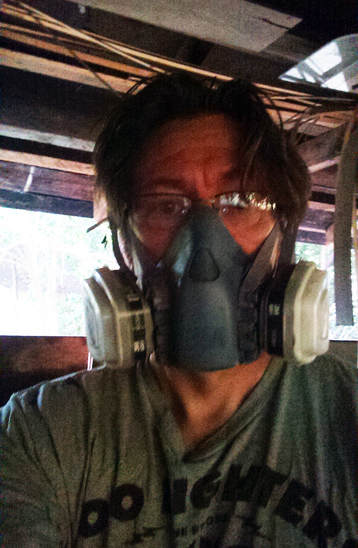
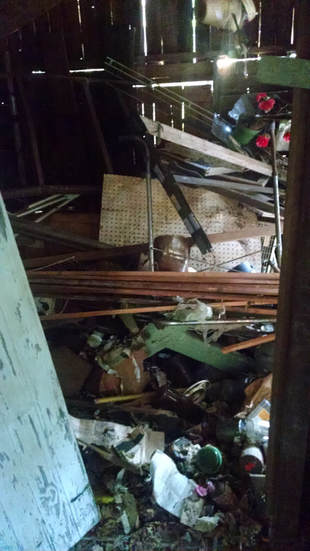
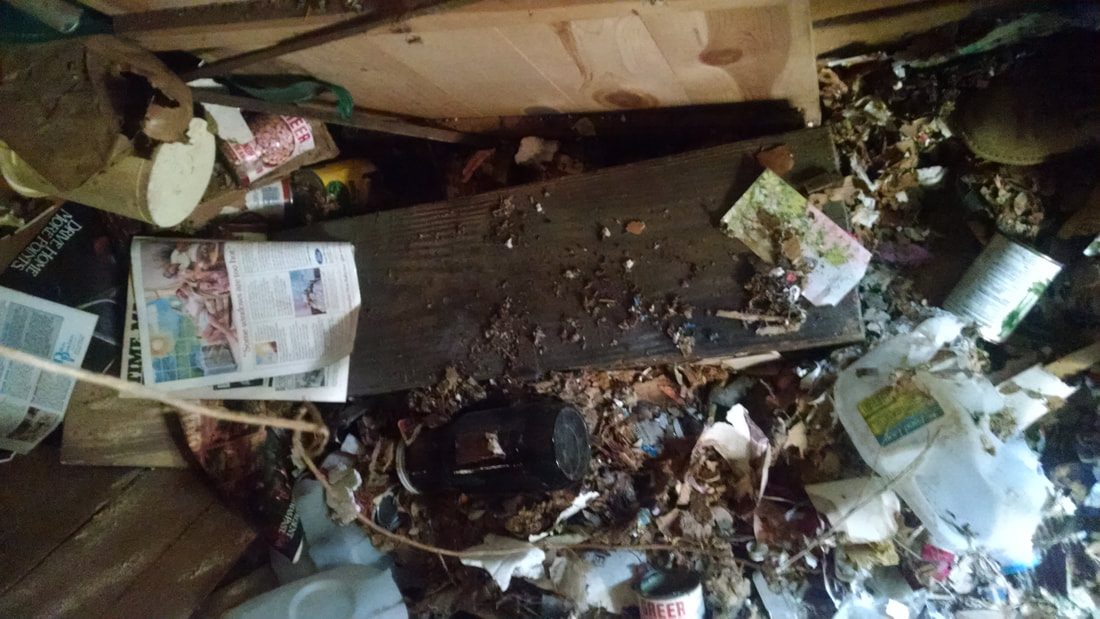
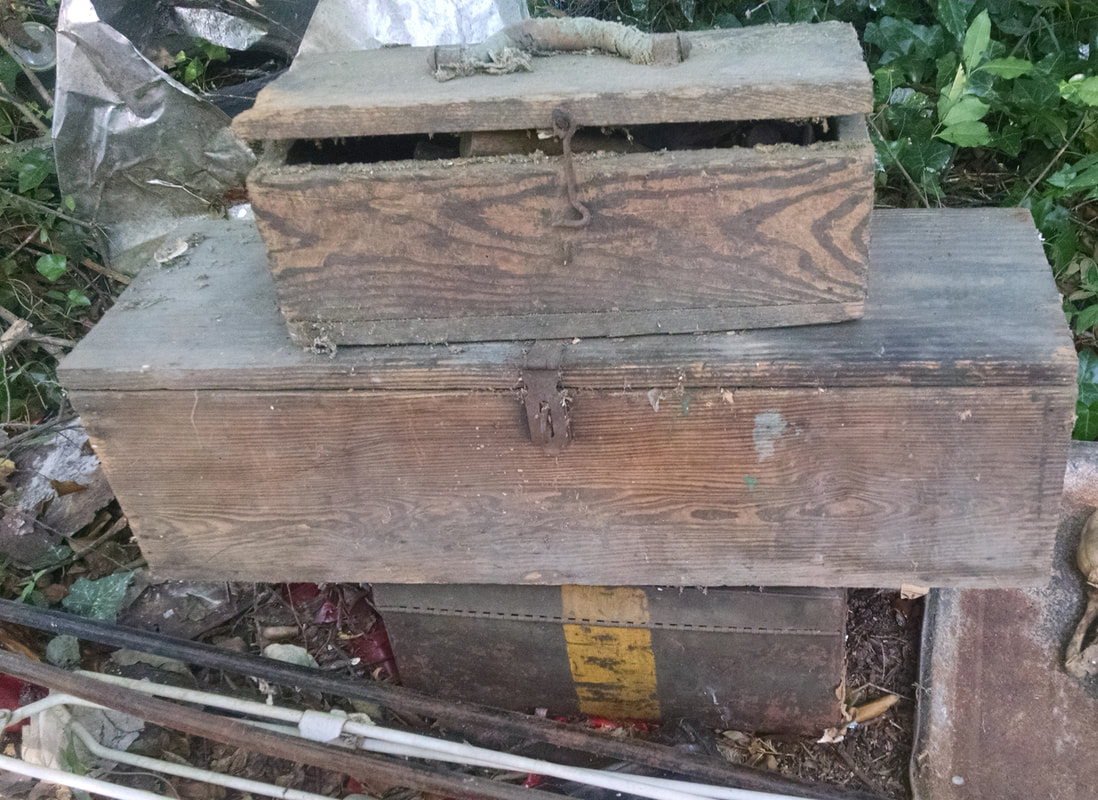
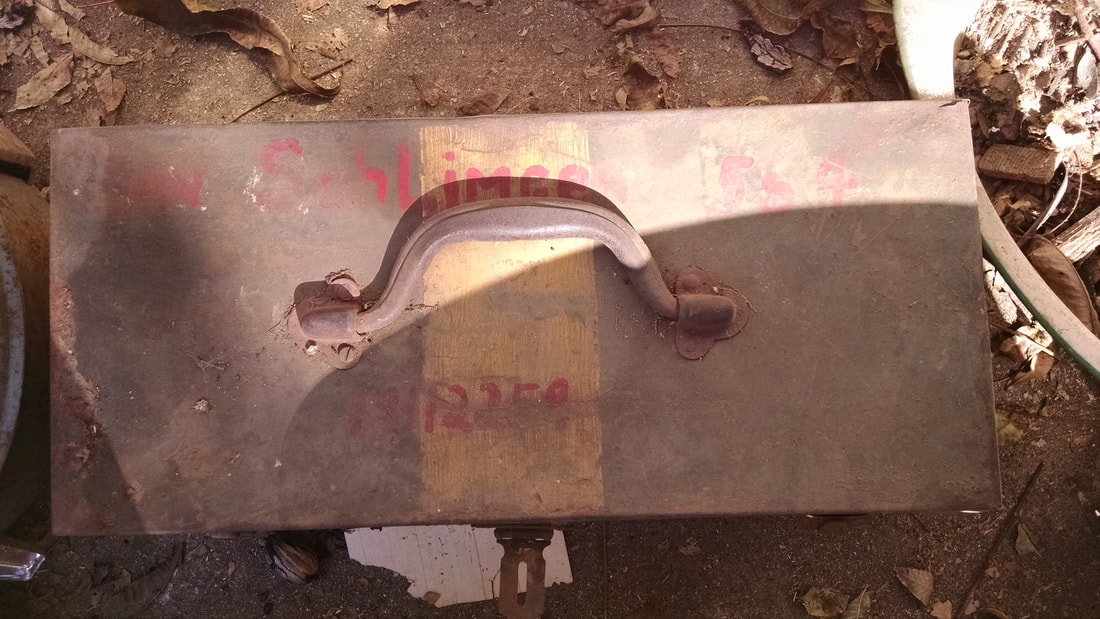
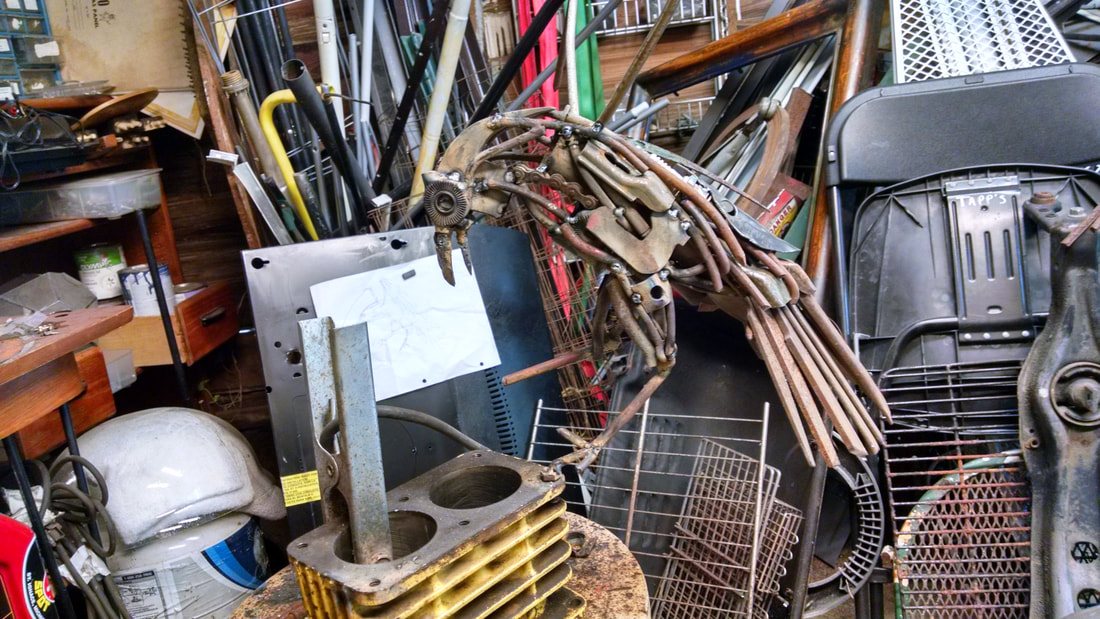
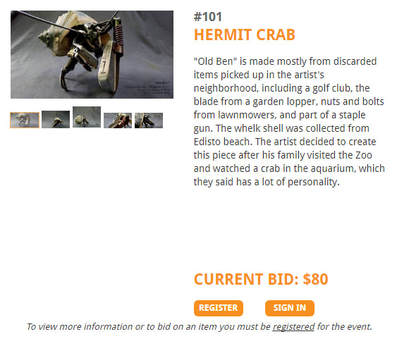
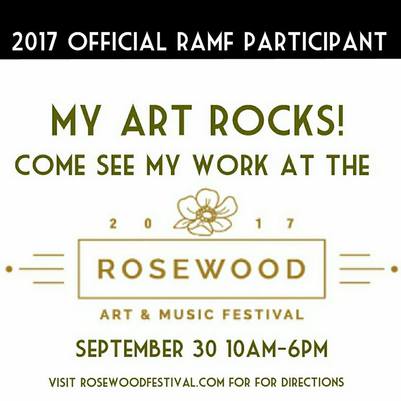
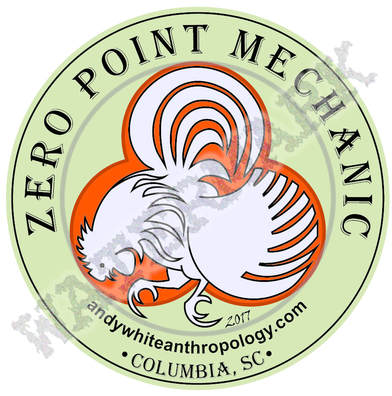
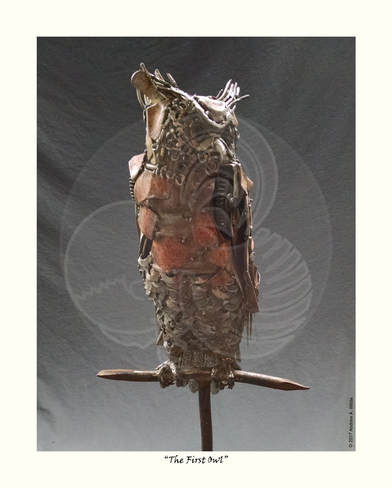
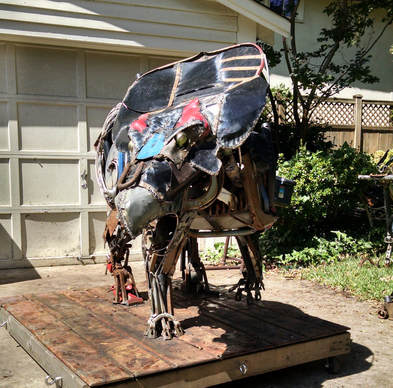
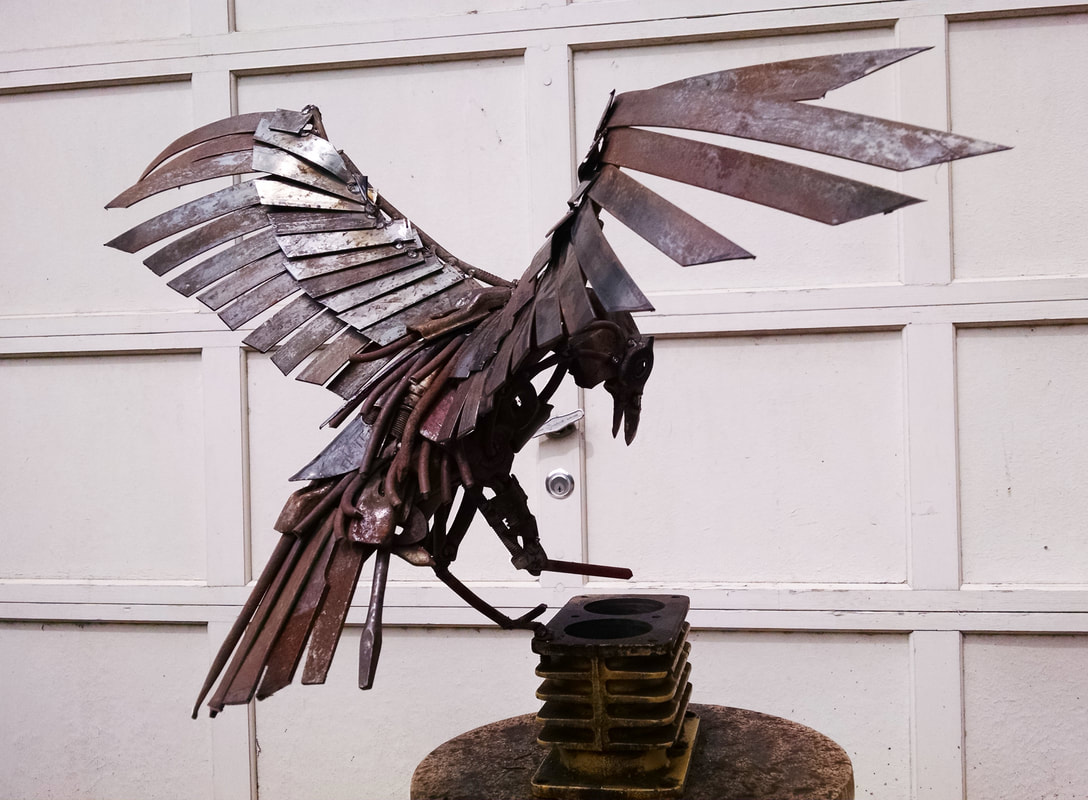
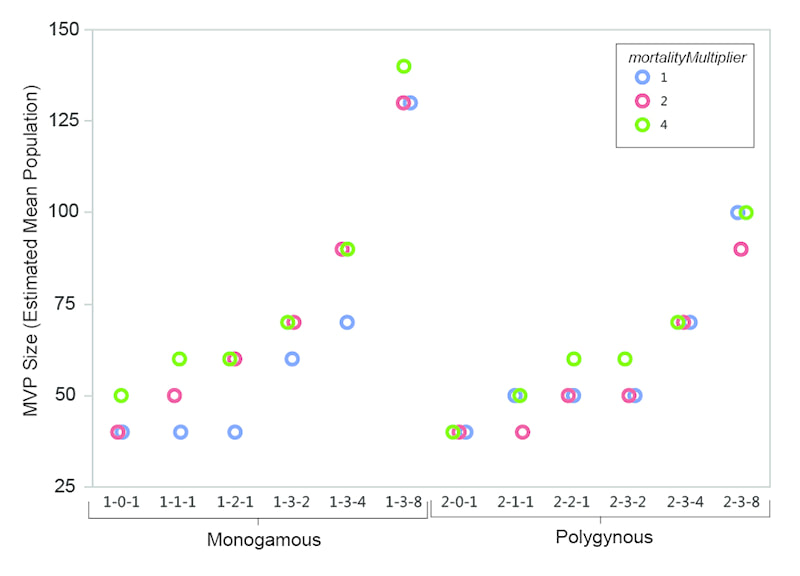
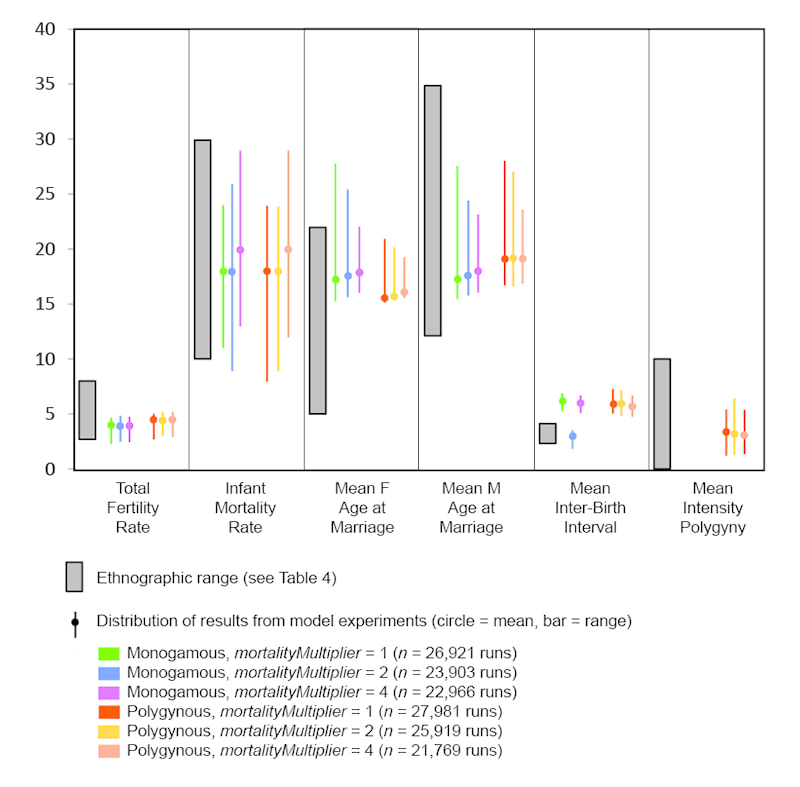
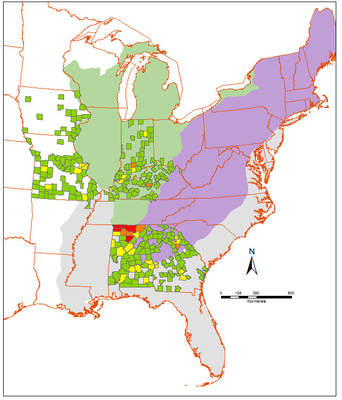
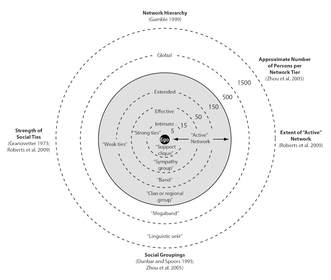


 RSS Feed
RSS Feed
